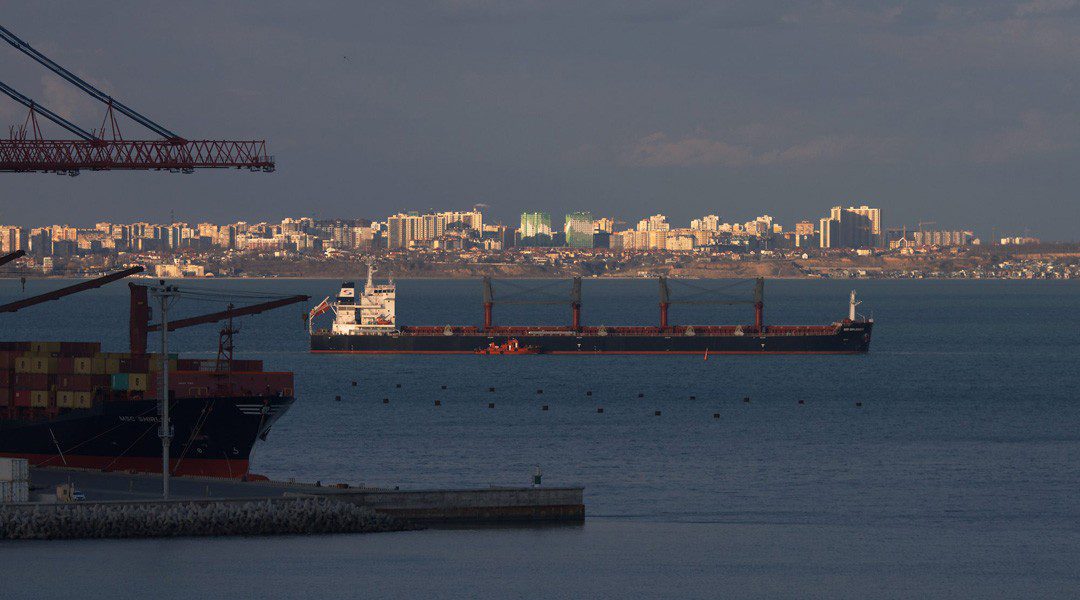An unclear end to Colombia’s and Mexico’s subsidies on refined products has brought uncertainty to trade flows between the US Gulf Coast and Latin America.
Colombia’s new administration under Gustavo Petro has raised questions about the end of a subsidy on fuel production. Similarly, sources in Mexico were unsure when Mexico’s tax breaks and government subsidies might end.
Latin American traders are seeing the same wild swings from global forces as the rest of the world, especially for diesel, which is the top import for most countries.
Traders said new elections could hasten the end of some key subsidies, making the government a bigger factor than before in the /demand picture. “Those markets are very dependent on politics and now politics are untamed,” said one Latin America trader.
The questions are not idle ones for traders trying to gauge what has been continually improving Latin American demand in 2022 despite almost every country hitting record high diesel and gasoline prices in June. Latin American demand accounts for half of all US refined product exports, which has been close to 200 million barrels a month in 2022, US Energy Information Administration data shows.
Colombia questions subsidies as exports grow
Brazil elected a new president weeks ago, but it was not expected to change supply or demand outlooks. The country gets up to a quarter of its gasoline and diesel from overseas and is seen as competitively able to receive them thanks to the use of import parity pricing at the domestic level.
For Colombia, the new president has expressed a long-term vision to ban fracking and halt new projects for oil and gas exploration, transforming Colombia’s economy from one based on fossil fuels to one focused on clean technologies. Analysts, however, were having a hard time tracking Colombia’s refined products demand in the short term, due to whether the country’s subsidy bucket dried up as expected Nov. 1.
“They still have a subsidy, but they are reviewing it in Congress to see if they reduce imports,” a second market source said.
Colombia upgraded its two refineries this year to meet both internal and international demand. Colombia is fairly self-sufficient for ULSD, but still needs to import finished gasoline even with refinery upgrades.
The source said Colombia’s price of gasoline at the pump is going up each month due to regulations even as import prices have been consistently trickling down in November. Platts assessed Colombia’s import parity price for gasoline at $/b on Nov. 30, compared to $/b on Nov 4.
Kpler data showed gasoline imports into Colombia for November were 2.17 million barrels, which would be a record month if it holds true.
Mexico, the biggest US products importer, faces headwinds
Mexico’s government has subsidized around 35% of the fuel oil cost, according to Mexican market sources. Sources said gasoline subsidies are practically gone as values versus benchmark Platts Gulf Coast pipeline assessments were approaching the breakeven point for those models.
“Subsidies are supposed to end for imports end of year 2022, but they track pipe values on a trailing two-week basis,” said a fourth source.
Further issues for trade flows between Mexico and the US Gulf Coast were weather delays in late November that caused almost all the ports along the coasts of Mexico to shut down. Mexico tends to delay their offloading, as a lack of storage onshore pushes Pemex’s trading arm, PMI, to book ships as floating storage, said a tanker source. Notably, the port shutdowns pushed Medium Range tanker USGC demurrage to an all-time high since Platts began the assessment in September 2020. Mexico, already in a tight spot, could get tighter depending on additional cuts in subsidies, a cost that would be absorbed by end users.
The trader said that the lack of subsidies could lead state-owned Pemex to lower domestic pricing as the IEPS import tax comes back, but this will affect the black market of imported product as has happened in the past.
A fifth market source said Mexico got rid of its subsidy because benchmark US Gulf Coast prices went down, but refined products prices at the pump in Mexico remain relatively the same.
Platts assessed Eastern Mexico gasoline at $/b CIF on Nov. 30, compared to Nov. 4 when it was at $/b, and ULSD for the same basis was assessed at $/b on Nov. 30, compared to Nov. 4 when it was at $/b. according to S&P Global Commodity Insights data.
“The subsidy is now on zero, and they are already charging some of the IEPS,” the fifth market source said. “Do the math with those numbers and tell me if that would be possible.”






